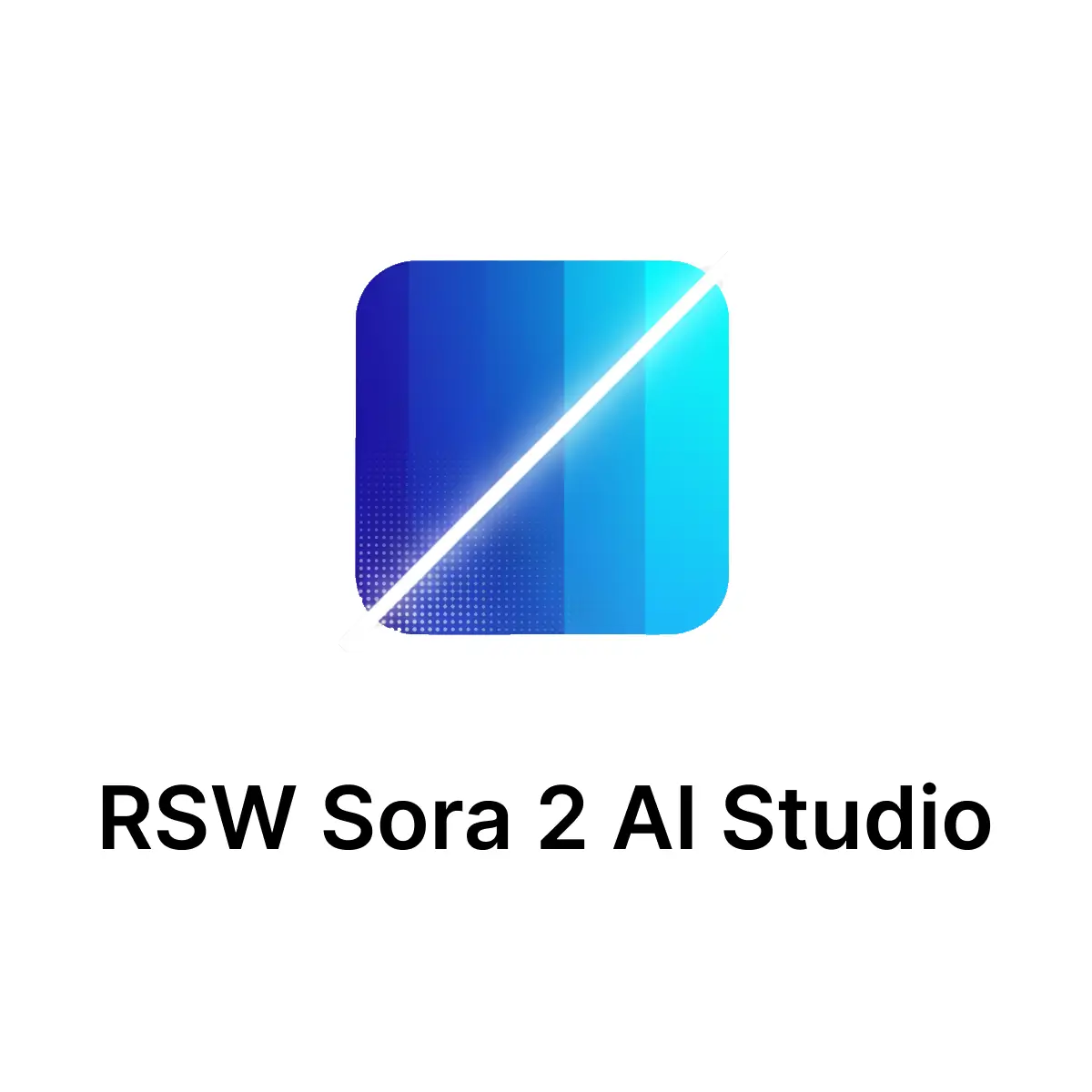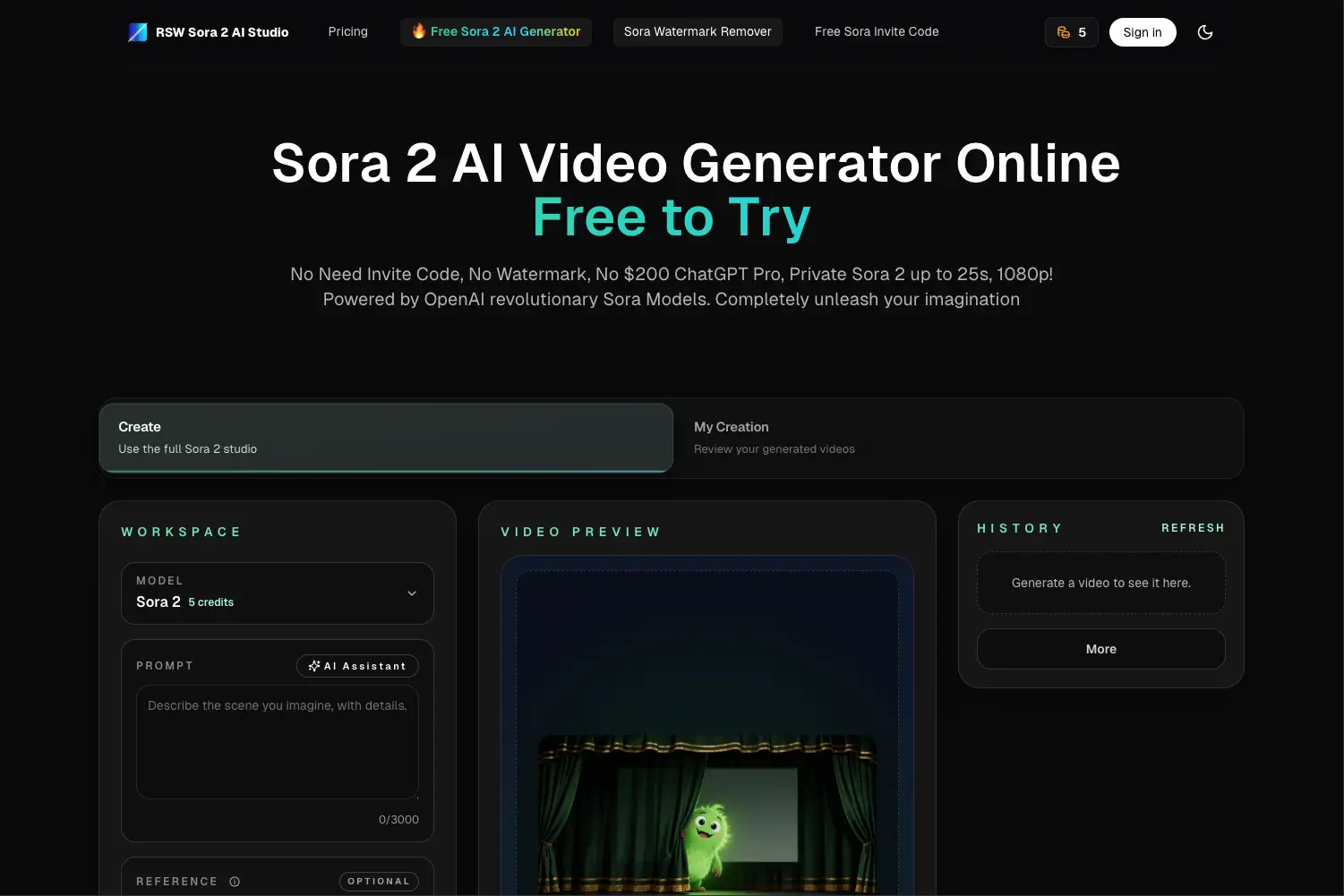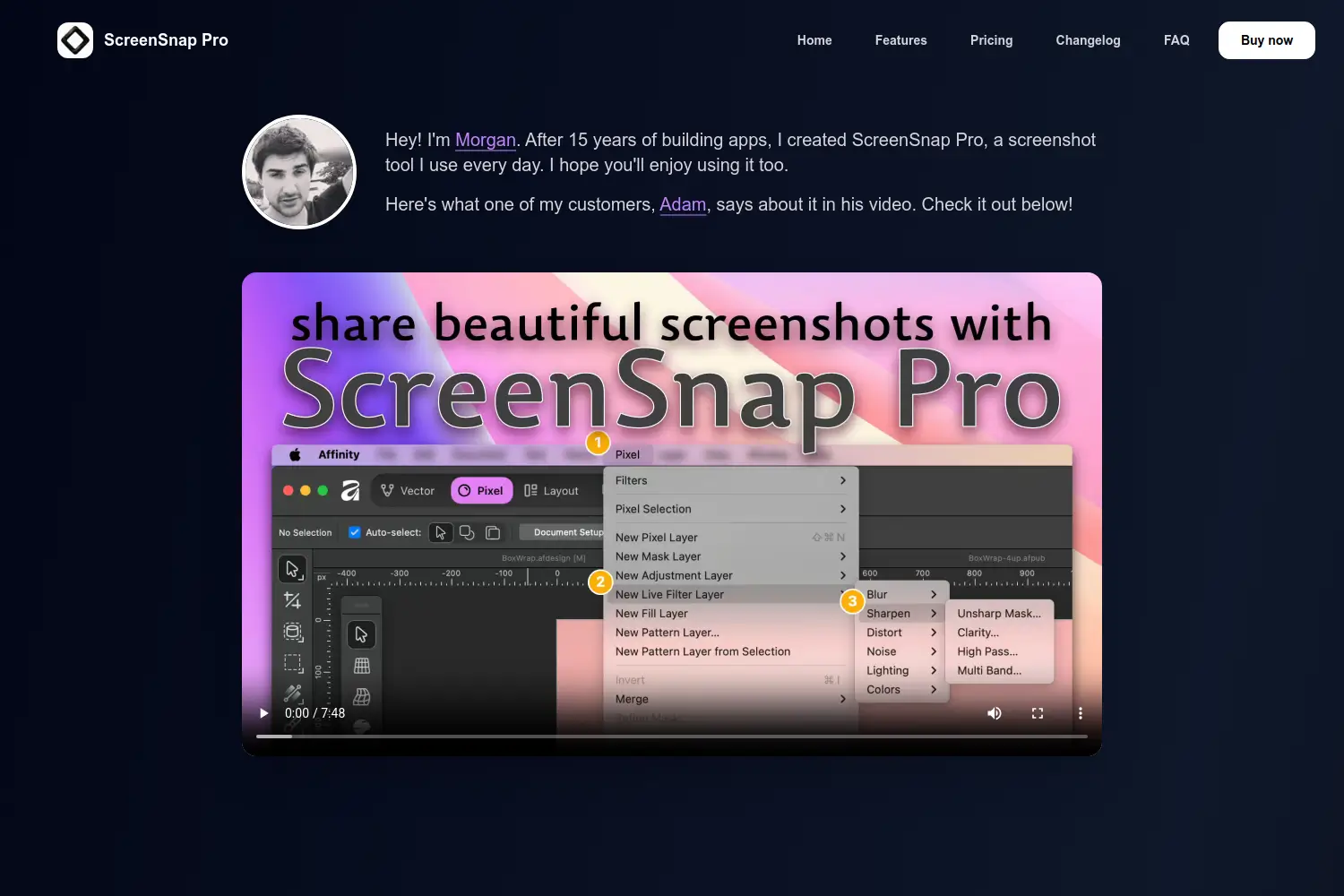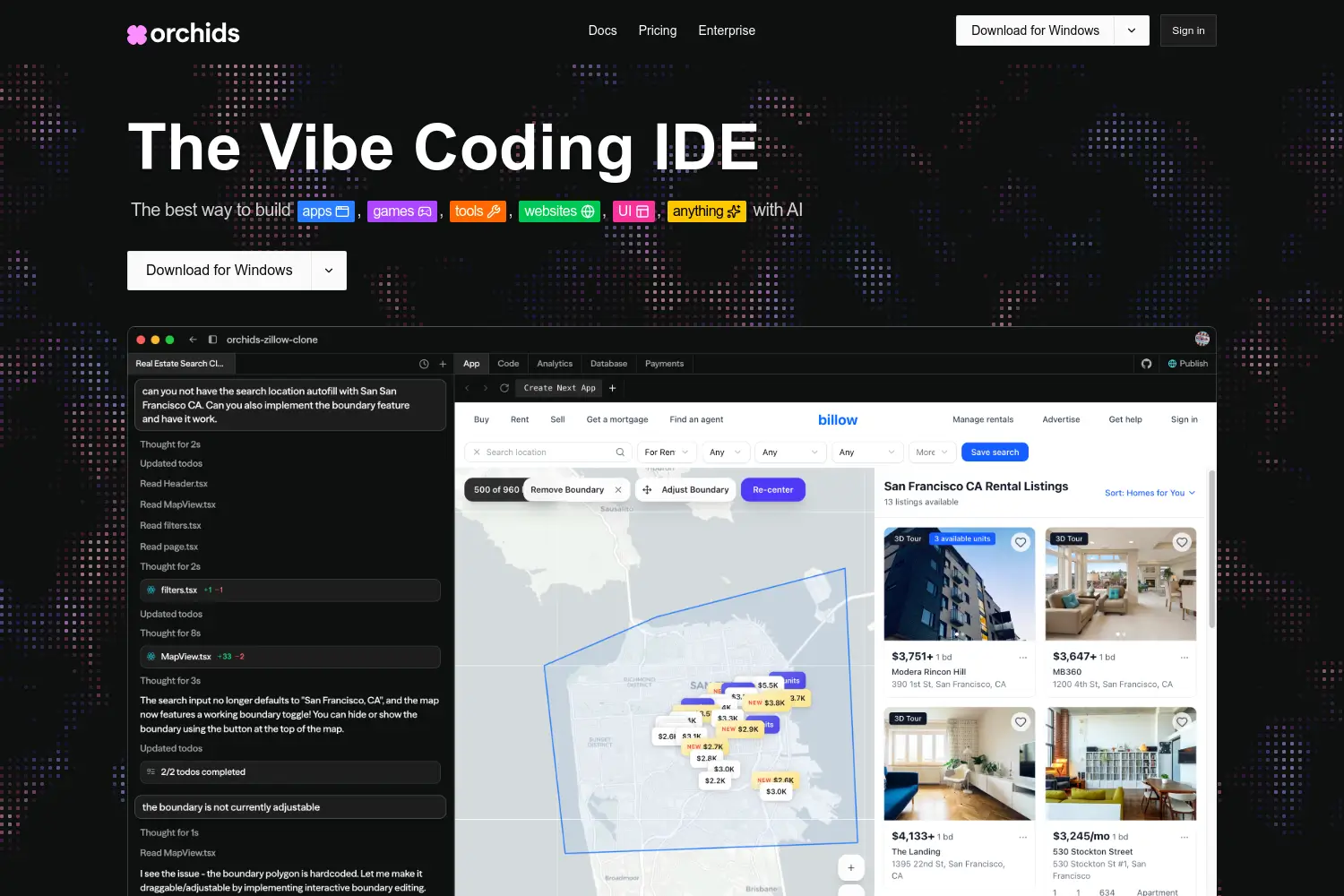
8 Best Figma Alternatives [Free & Paid] for 2025
Find the best Figma alternatives and boost your UI/UX design with top-rated tools. Find your perfect Figma replacement now!

Dudu
Sep 14, 2025
Last Updated Sep 14, 2025
Image Credit: Toolfolio
Figma is one of the most popular design tools today. Many teams use it for UI, UX, and product design. But if you are looking for a Figma alternative, you are not alone. Designers, freelancers, and companies often explore other tools that match their needs or budget.
The good news is that there are many strong design platforms available today.
In this guide, we will share the best Figma alternatives. Each option comes with its own strengths, so you can choose the one that works best for your projects and team.
What is Figma?

Figma is a cloud-based design tool used for creating user interfaces, app screens, and website layouts. It helps designers build and share prototypes that show how a product will look and work. With Figma, you cannot make a full working app, but you can design the flow, test ideas, and share them with your team or clients.

Unlike many older design tools, Figma runs in the browser. You don’t need heavy installation, and it works on Windows, Mac, Linux, and even in mobile view. This makes it easy for teams to collaborate from anywhere in real time.
Example: Imagine you are designing a shopping app. In Figma, you can create the login page, the product list, and add simple interactions to show how users will move between screens.

Developers and stakeholders can view and comment directly on the same file without sending endless versions back and forth.
Best Figma Alternatives You Should Try Today
Figma is a strong design tool, but it may not suit every team or project. Some designers need offline access, some want a simpler interface, and others look for tools with different pricing or features.
So to help you find the best tools just like Figma, below we cover the similar options you can try today.
1. UIzard: AI-powered UI design

Uizard is a web-based design tool that uses AI to turn ideas into clickable prototypes fast. You can generate screens from text, convert screenshots or hand-drawn sketches to editable mockups, and apply ready-made themes. It focuses on speed and idea validation, so teams can move from concept to prototype in minutes.

Uizard works well for product managers, founders, marketers, and teams that need quick mockups without deep design work. Its Autodesigner (now 2.0) can generate multi-screen projects from simple prompts.

The editor also supports drag-and-drop editing, templates for mobile and web, and collaboration so others can view and comment on projects.

Uizard is built around AI features rather than advanced vector tooling. That makes it ideal for rapid prototyping, ideation, and early-stage UX work — and less suited when you need detailed design system work or heavy custom vector drawing.
Use it to test flows, build MVP mockups, and speed up handoffs to developers.
Key features
Generate UI designs from plain English prompts with Autodesigner.
Turn screenshots into editable mockups using the Screenshot Scanner.
Digitize hand-drawn wireframes with the Wireframe Scanner.
Create multi-screen, editable prototypes quickly.
Pre-made templates for mobile apps, websites, web apps, and tablets.
Drag-and-drop editor for fast iteration and component edits.
Generate themes and brand kits automatically.
Component library and reusable assets to speed consistency.
Collaboration features: real-time editing, commenting, and shareable links.
AI assistants: text assistant, image assistant, predictive heatmaps, and design reviews.
Pricing
Free $0: unlimited viewers/commenters, 3 AI generations per month, 2 projects, 10 templates.
Pro $12 / month (billed annually): 500 AI generations/month, Autodesigner 2.0, up to 100 projects, private projects, full template access.
Business $39 / month (billed annually): 5,000 AI generations/month, faster AI, unlimited projects, custom brand kit, priority support.
Enterprise Custom: unlimited AI generations, unlimited teams, design system setup, SSO, SLA and white-glove onboarding (contact sales).
Try Uizard
2. Sketch: Native macOS design app

Sketch is a native macOS design app built for product and interface designers. It gives you a precise vector editor, flexible layout tools, and an infinite canvas. Work offline when you need to, then share or publish files to a web workspace for review and collaboration.

Sketch fits experienced designers and teams that want control and pixel-level precision. It has strong layout systems (Stacks, Frames), symbol/component libraries, and tools for typography and icon design. Prototyping, smart animate, overlays and scroll areas let you test flows quickly.

Sketch is made for macOS only, so it’s not ideal if your team uses Windows or Linux for design work.
Use Sketch when you need detailed UI work, custom components, and a fast native app that handles large files. Rely on its plugin ecosystem and shared libraries to scale design systems.
Key features
Native macOS vector editor with non-destructive boolean and multi-point editing.
Stack layouts, frames, and auto-resizing for flexible, responsive UI layouts.
Symbols (components) and shared Libraries for consistent design systems.
Powerful text tools: OpenType, variable fonts, RTL support, and font embedding.
Prototyping: Smart Animate, overlays, multiple start points, scroll areas, and device preview.
Developer handoff: Inspect on canvas, measure between layers, export tokens and assets.
Collaboration: real-time co-editing in Workspaces, comments, and shareable links.
Offline-first workflow: save files locally and work without internet.
Command Bar, Minimap, and quick layer operations to speed workflow.
Large plugin and extension ecosystem; Figma-to-Sketch import available.
Pricing
Standard subscription: €9/ per month, per editor, includes macOS app, web app, real-time collaboration, unlimited viewers, version history, and team workspace (30-day free trial available).
Mac-only license — €108, one-time seat license for the native app with 1 year of updates; works offline but excludes web collaboration features.
Try Sketch
3. Banani: AI-powered UI generator

Banani is an AI tool that helps you design user interfaces fast. Instead of starting from a blank canvas, you can type your idea as text and Banani will generate ready-to-use UI screens.

It creates multi-screen prototypes in seconds, even if you don’t have design skills.

Banani is best for product managers, founders, and non-designers who want to turn ideas into clickable prototypes without learning complex design tools.
You can edit with text prompts, switch colors or fonts, and share designs with a link. It also exports to popular formats, including Figma, so teams can continue refining the work.
Key features
Text-to-UI generator: describe an idea and get instant screens.
AI prototyping: create interactive flows with linked screens.
Prompt-based editing: adjust layouts, colors, and fonts with simple text edits.
No-code editor: make manual changes easily.
Export to Figma and other formats.
Share with team members via a link.
Large template library and references for inspiration.
Pricing
Free: up to 20 generations, limited edits, private projects.
Pro: $20/month, unlimited designs, unlimited AI generations, AI edits, Figma export, fastest processing (3-day free trial available).
Team: $30/month per member, everything in Pro plus team management, shared projects, centralized billing, and personal support.
Try Banani
4. Penpot: Open-source figma alternative

Penpot is a web-based, open-source design and prototyping tool built to keep design and code in sync. It uses web standards (SVG, CSS, HTML) so designs are closer to production.
You can design, prototype, and hand off specs without the usual “lost in translation” between teams. Penpot runs in the browser or as a self-hosted instance, so teams can choose cloud or private hosting.

Penpot is ideal when developers need readable code and designers want flexible layouts. It supports responsive Flex and Grid layouts that mirror CSS, design tokens, shared libraries, and a live code inspector that exports CSS/HTML/SVG.

The tool also has real-time collaboration, plugins, templates, and a growing community—good for teams that want control, transparency, and no vendor lock-in.
Use Penpot when you want open standards, easy developer handoff, and the option to self-host. It’s a strong choice for engineering-heavy teams, open-source projects, and organizations that value data ownership and extensibility.
Key features
Web-native design: exports and represents designs as SVG, CSS, and HTML.
Responsive layout tools: Flex and Grid layouts that match CSS behavior.
Prototyping: interactions, transitions, flows, and presentation mode for testing.
Code inspect: CSS, HTML/SVG markups, measurements, and exportable assets.
Design systems: components, libraries, and (coming) design tokens for consistency.
Real-time collaboration: multiplayer editing, comments, and shared projects.
Plugins & API: extend features, build integrations, and use webhooks.
Self-host option: run Penpot on your infrastructure for privacy and control.
Multilanguage UI and accessibility support, suitable for global teams.
Templates and community libraries to jumpstart projects.
Pricing
Professional (Cloud) — $0 per editor/month: full core features, unlimited teams, no file limits, up to 8 team members on free tier limits (cloud professional).
Unlimited (Cloud) — $7 per editor/month: more storage, extended history (30 days), up to $175/month cap, early features, and event discounts (14-day trial).
Try Penpot
5. Canva: Beginner-friendly design + AI suite

Canva is a web-based design platform that turns ideas into ready-made visuals fast. It gives thousands of templates, a drag-and-drop editor, and built-in media (photos, icons, fonts).
Canva also includes prototyping, simple interactions, and a brand hub so teams can keep designs on brand without heavy tooling.
Canva works for marketers, small teams, freelancers, and non-designers who need quick, polished results. Its AI tools (Canva AI / Magic Studio) generate layouts, images, copy, and even interactive widgets from plain prompts. Real-time collaboration, comments, and easy sharing make it simple to get feedback and hand off prototypes to stakeholders.
Canva is not a pixel-perfect UI design tool for complex design systems. Use it when speed, templates, and cross-team collaboration matter more than precise vector control or developer-grade handoff. It shines for marketing assets, pitch decks, simple prototypes, and fast experiments.
Key features
Thousands of templates for social, web, presentations, and prototypes.
Drag-and-drop editor that works on desktop and mobile.
Canva AI / Magic Studio: text-to-design, text-to-image, Magic Write copywriter, and image editing tools.
Prototyping tools: linkable screens, animations, and interactive elements.
Brand Hub to store logos, fonts, and color palettes for teams.
Millions of stock photos, videos, icons, and graphics included or available.
Real-time collaboration, comments, and simple approval flows.
Canva Code and widgets to add interactive elements without hand-coding.
Export to common formats (PNG, JPG, PDF, PPTX) and publishable prototypes.
Enterprise-grade controls (Canva Shield, admin settings, SSO, and compliance features).
Pricing
Free $0: core editor, templates, basic AI features, 5GB storage.
Pro ~€12 / month (per user): premium assets, 1TB storage, Magic Studio AI tools, Brand Kit.
Teams ~€9 / month per user (min 3): Pro features plus team controls, approvals, and collaboration tools.
Try Canva
6. Miro: Collaborative infinite canvas

Miro is an online whiteboard and collaboration workspace built for teams. It gives you an infinite canvas with templates, boards, and tools to brainstorm, map customer journeys, run design sprints, wireframe, and prototype ideas. Miro blends visual thinking, diagramming, and light prototyping in one shared space.

Teams use Miro when they need cross-functional work: product, UX, engineering, marketing, and research can all work together on the same board. Miro links with 160+ tools (Slack, Google, Jira, etc.) so you can keep work connected across your stack.

Miro is not a pixel-perfect UI editor like Figma. Use it for ideation, mapping, and quick prototypes rather than final UI assets.
Key features
Infinite canvas with drag-and-drop boards and flexible layouts.
Huge template library (workshops, wireframes, journey maps, sprint kits).
Miro AI: summarize content, convert notes into diagrams, create briefs and wireframes.
160+ integrations and a developer platform for custom apps.
Real-time collaboration: co-editing, comments, voting, timers, and Talktracks (recorded walkthroughs).
Facilitator tools: voting, timers, sliders, and dynamic activity widgets.
Advanced diagramming shapes (UML, AWS, ERD) and synced copies for content reuse.
Secure admin controls for teams and enterprise compliance options.
Board export (JPG/PDF), board history, and version restore.
Mobile and device previews; play prototypes in browser or on devices.
Pricing
Free: $0: unlimited members, 3 editable boards per workspace, 5,000+ templates, basic Miro AI (10 credits/team).
Starter: $8 / month per member, unlimited editable boards, advanced exports, Brand Center, 25 Miro AI credits/member.
Try Miro
7. Lunacy: Hackable native design app

Lunacy (by Icons8) is a native design app that runs on Windows, macOS, and Linux. It packs core UI/UX tools, vector editor, auto layout, prototyping, components, into a lightweight, fast app.
You can work offline, import Figma files, and sync with Lunacy Cloud when you need collaboration.

Lunacy shines when you want a responsive, private, and low-friction workflow. It includes built-in graphics (icons, illustrations, photos), AI helpers (background remover, upscaler, avatar and text generators), and smart productivity features that cut routine work. Teams that need local files, fast performance on modest machines, or a low-cost Figma-like tool often pick Lunacy.
Use Lunacy for everyday UI work, quick prototypes, and design systems that don’t demand a browser.
It supports multiplayer editing and cloud sync but keeps a strong offline-first and privacy-friendly stance, good for teams behind strict firewalls or with tight data rules.
Key features
Native apps for Windows, macOS, and Linux (not a browser wrapper).
Import from Figma and .sketch for easy migration.
Auto layout, stacks, and responsive constraints for flexible UI.
Built-in graphics library: 1M+ icons, tens of thousands of illustrations and photos.
AI tools: image upscaler, background remover, avatar generator, and text generator.
Prototyping: clickable flows, interactions, and previews.
Real-time collaboration (Lunacy Multiplayer) and Lunacy Cloud sync.
Offline mode and local document support for privacy and reliability.
Smart productivity tools: auto z-index, auto shape colors, auto-updates of generated content.
Plugin support, localization (25+ languages), and extensive tutorials/community.
Pricing
Free $0: core editor, limited cloud docs, low-res built-in assets, basic generators, 30-day history.
Pro $11.99 / month (billed yearly): editable vector icons/illustrations, studio photos, AI upscaler & background remover, unlimited cloud docs, unlimited history.
Try Lunacy
8. Visily: AI-first wireframing for non-designers

Visily is a web-based design tool that helps non-designers turn ideas into clean wireframes and clickable prototypes fast. You can start from text, a screenshot, a diagram, or a template. The AI assists as you work, so layouts, components, and flows update in context rather than forcing you to start over.
Visily fits product managers, analysts, consultants, and small teams who need clear, presentable concepts without the learning curve of full design apps. It keeps collaboration simple: comment on boards, co-design in real time, and export or push work to Figma when the design needs a handoff to specialists.
Use Visily for quick concepting, user flows, and early-stage prototypes. It is not meant to replace pixel-perfect design systems. Its strength is speed and clarity: faster wireframes, AI-guided refinement, and easy team buy-in.
Key features
Generate screens from text, screenshots, templates, or diagrams.
AI that stays in-context: edit, extend, and restyle without breaking the layout.
Auto-prototyping: link screens into an interactive flow automatically.
Smart Components and UI presets for fast mockups.
Diagram AI and flow mapping for product thinking and user journeys.
Drag-and-drop editor with thousands of templates.
Real-time collaboration: co-design, comments, cursor chat, and follower mode.
Figma export and standard image/pdf exports for handoff.
Workspace libraries, theme settings, and basic design tokens.
On-canvas screenshot editor and sticky-note workflow for ideation.
Pricing
Starter (Free) $0: 2 editable boards per workspace, limited elements, 300 AI credits per workspace, 150 template credits.
Pro $11 / editor / month (billed annually): unlimited boards/elements, 3,000 AI credits per editor/month, Figma export, private folders, 7-day version history, no watermark.
Business $29 / editor / month (billed annually): everything in Pro plus SAML SSO, 10,000 AI credits per editor/month, workspace libraries, 30-day version history, priority support.
Try Visily
Find the Figma Alternative Tool for You
Choosing the right design tool depends on your needs. Some people want simple wireframing, others want AI to speed up ideas, and some teams need advanced collaboration.
The good news is that there’s no shortage of great Figma alternatives to explore.
Take your time, test a few options, and see which one feels right for your workflow. The best tool is the one that helps you move ideas forward without slowing you down.
👉 Want to explore more? Check out other articles and tool collections on Toolfolio to find software that fits your needs:
You May Also Like
Featured Tools
Newest Additions
AI Image & Video Generation
Marketplace
Vibe Coding Library
Mac Apps
Figma Resources
Screenshot & Screen Recording Tools














































































































































